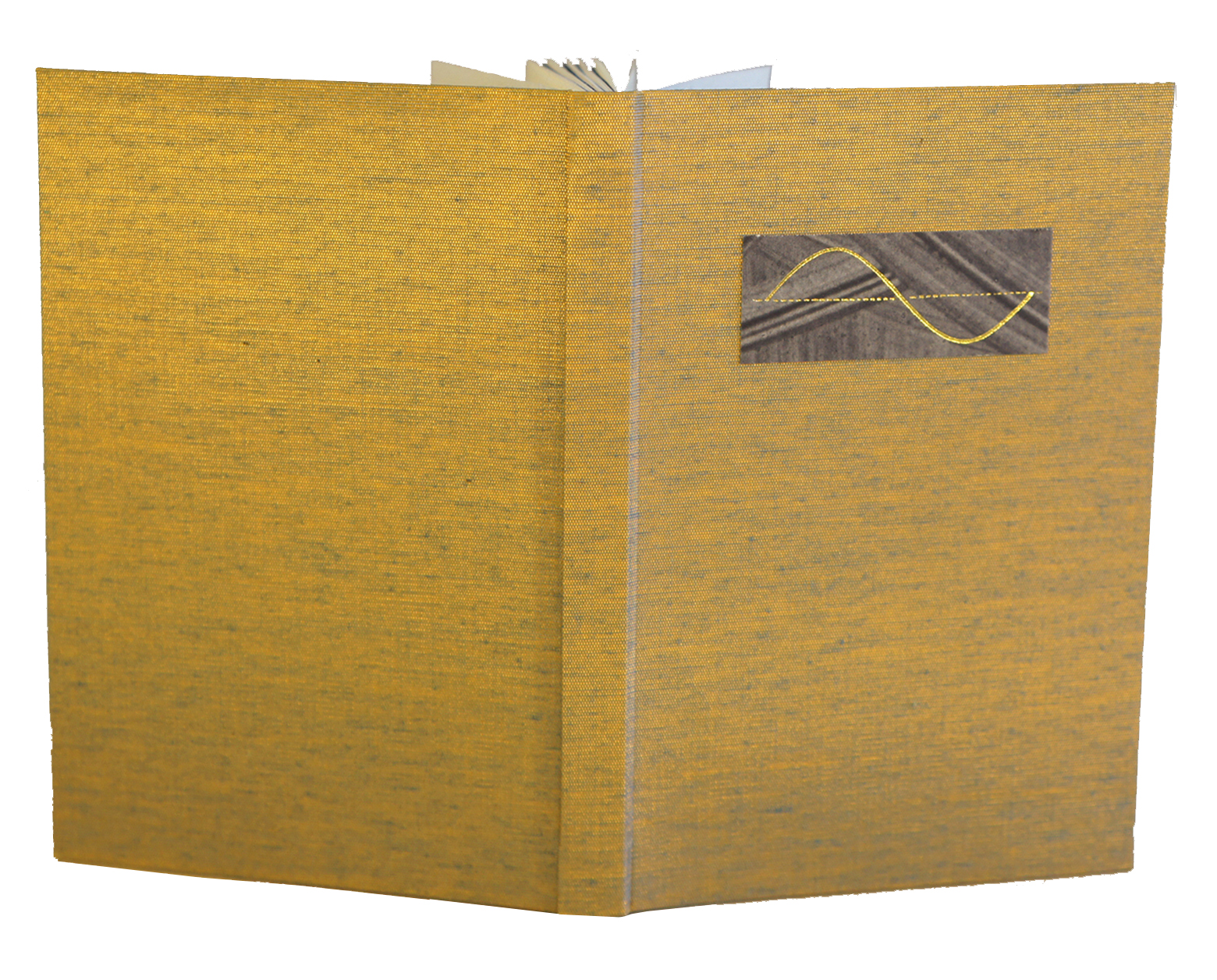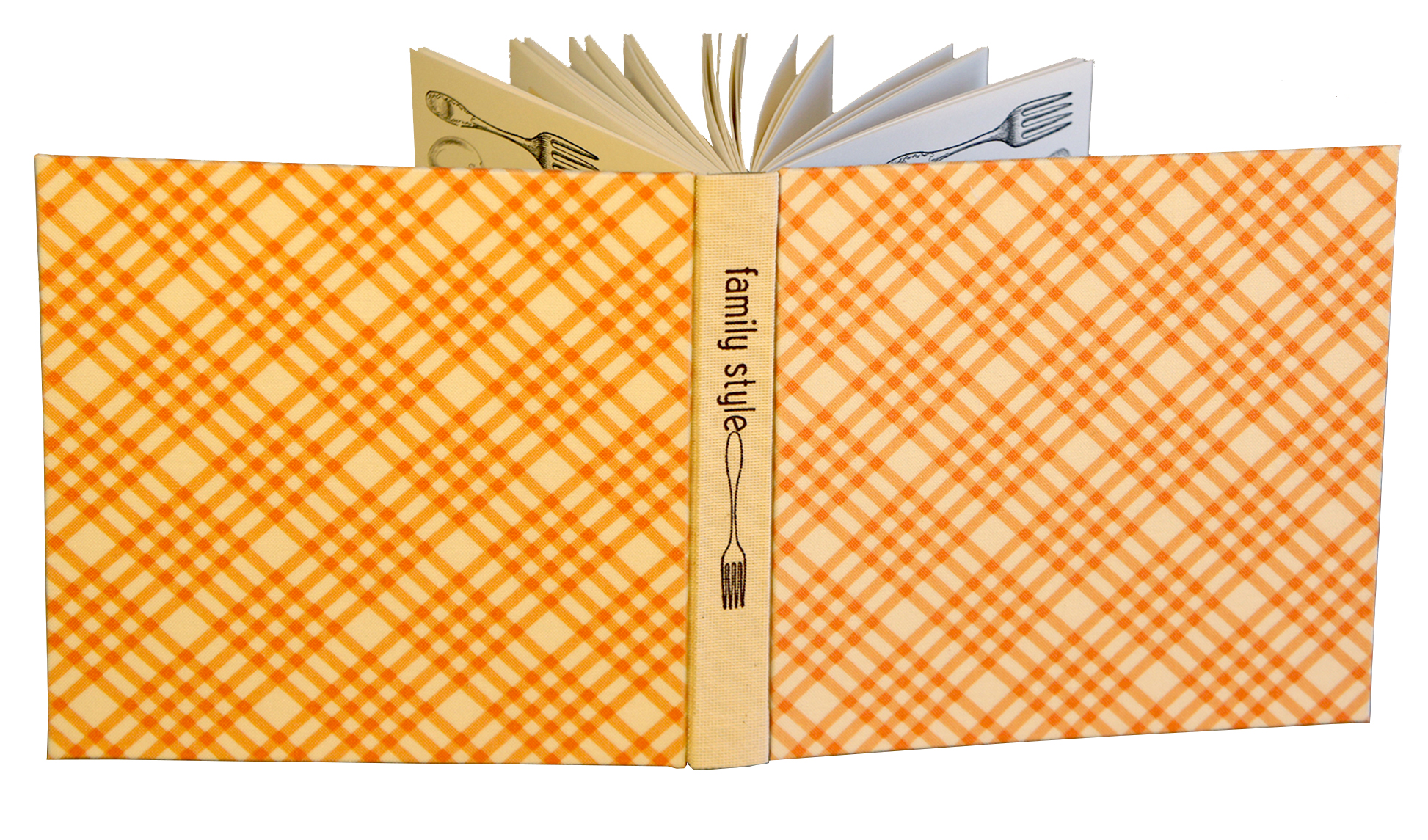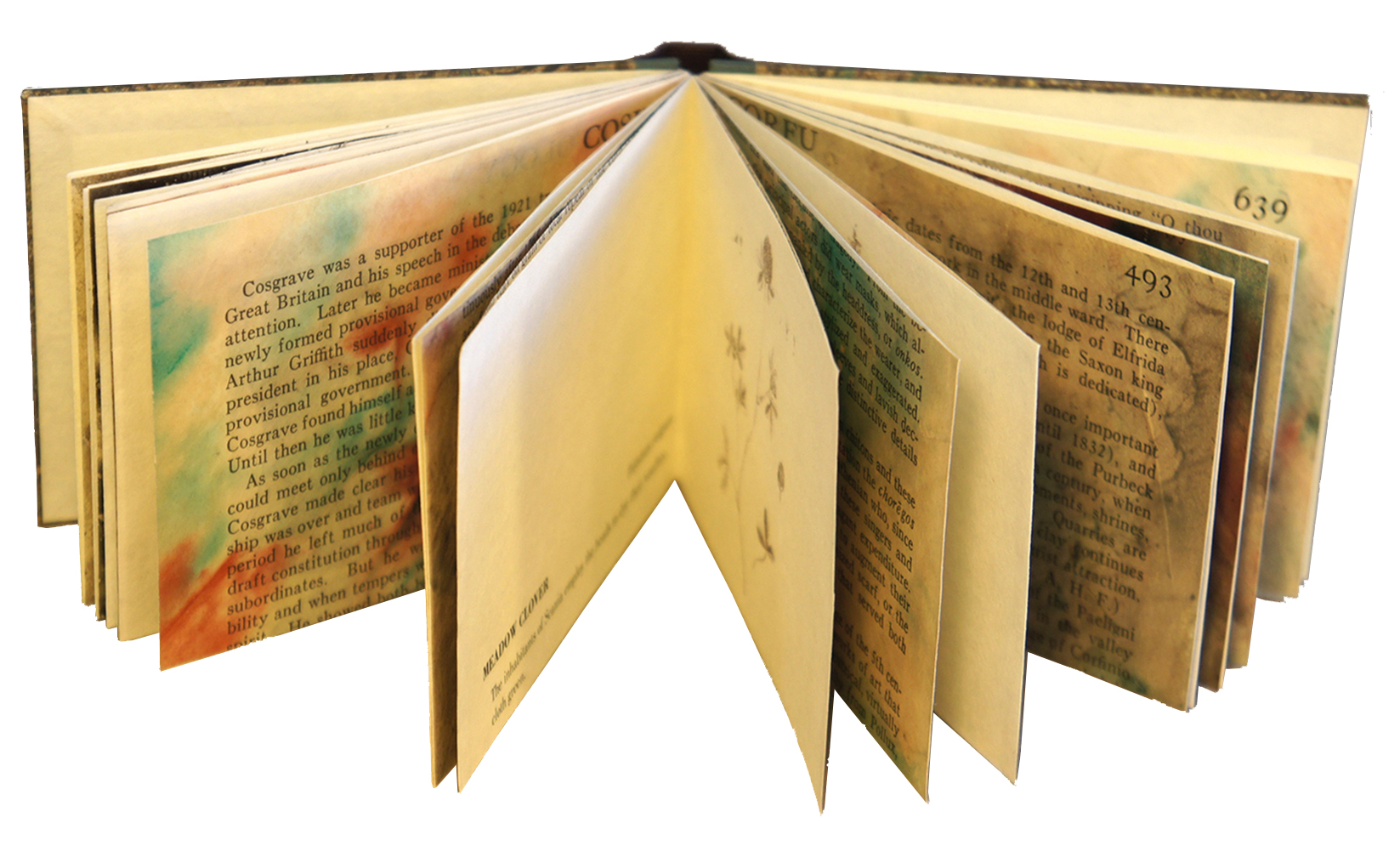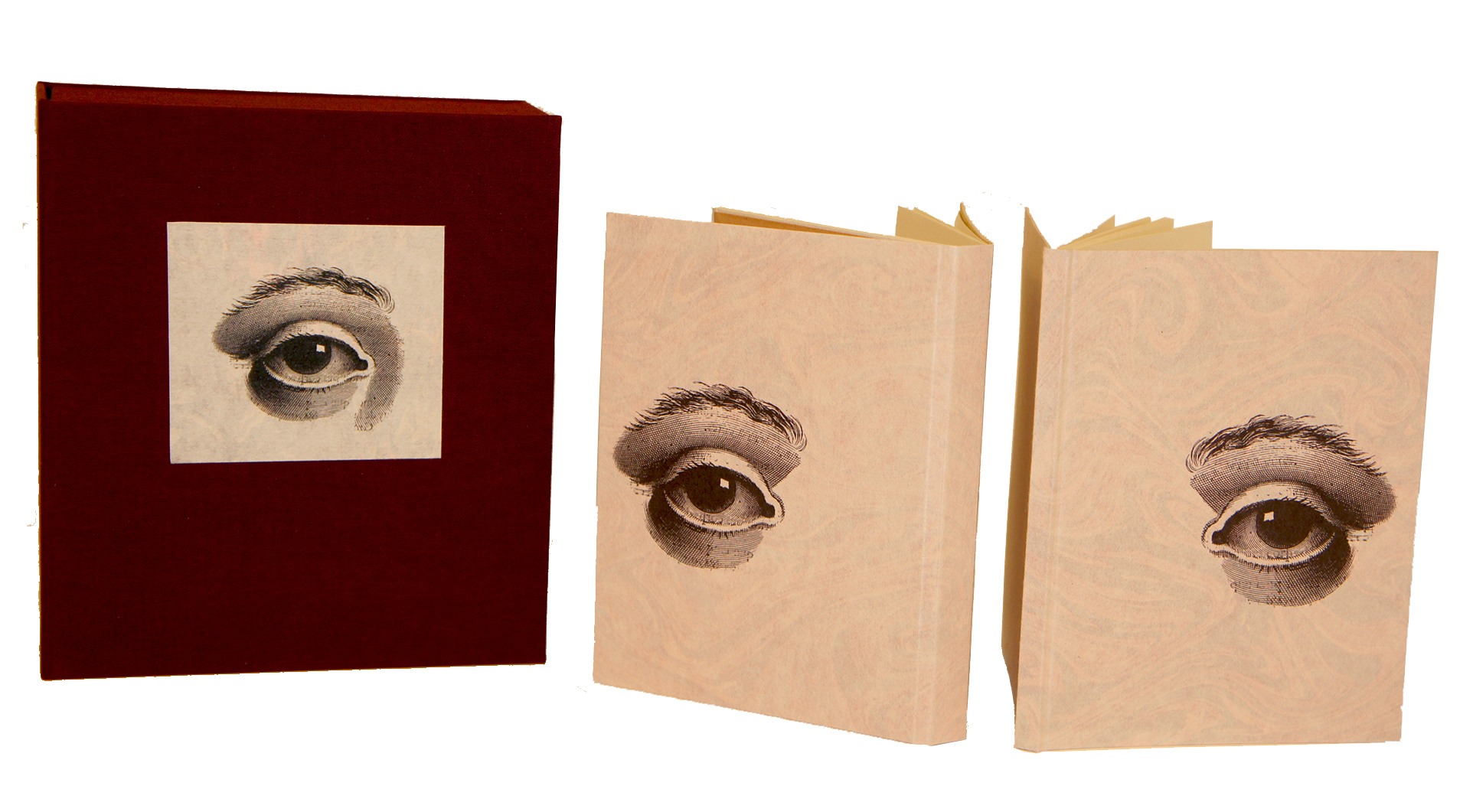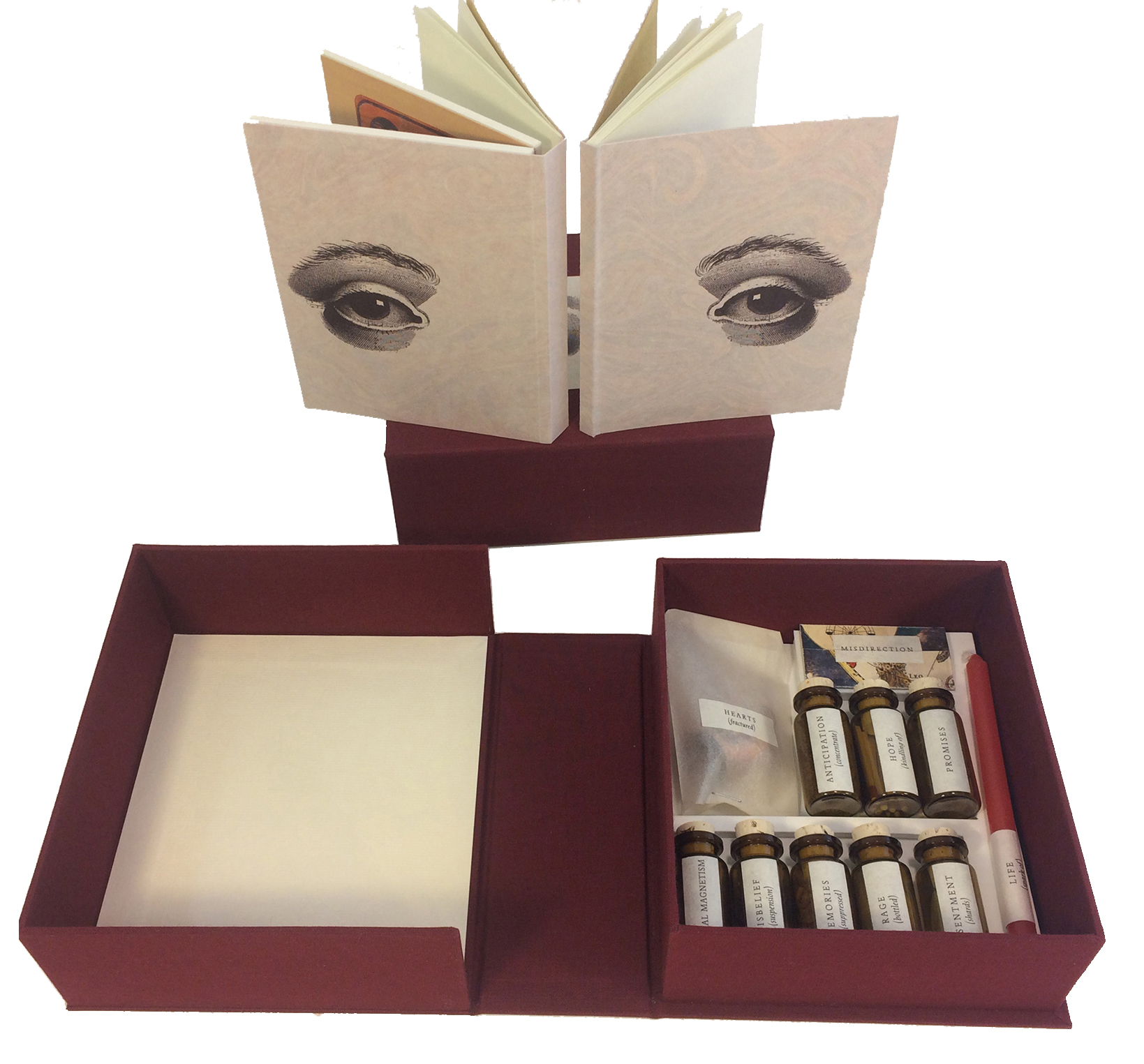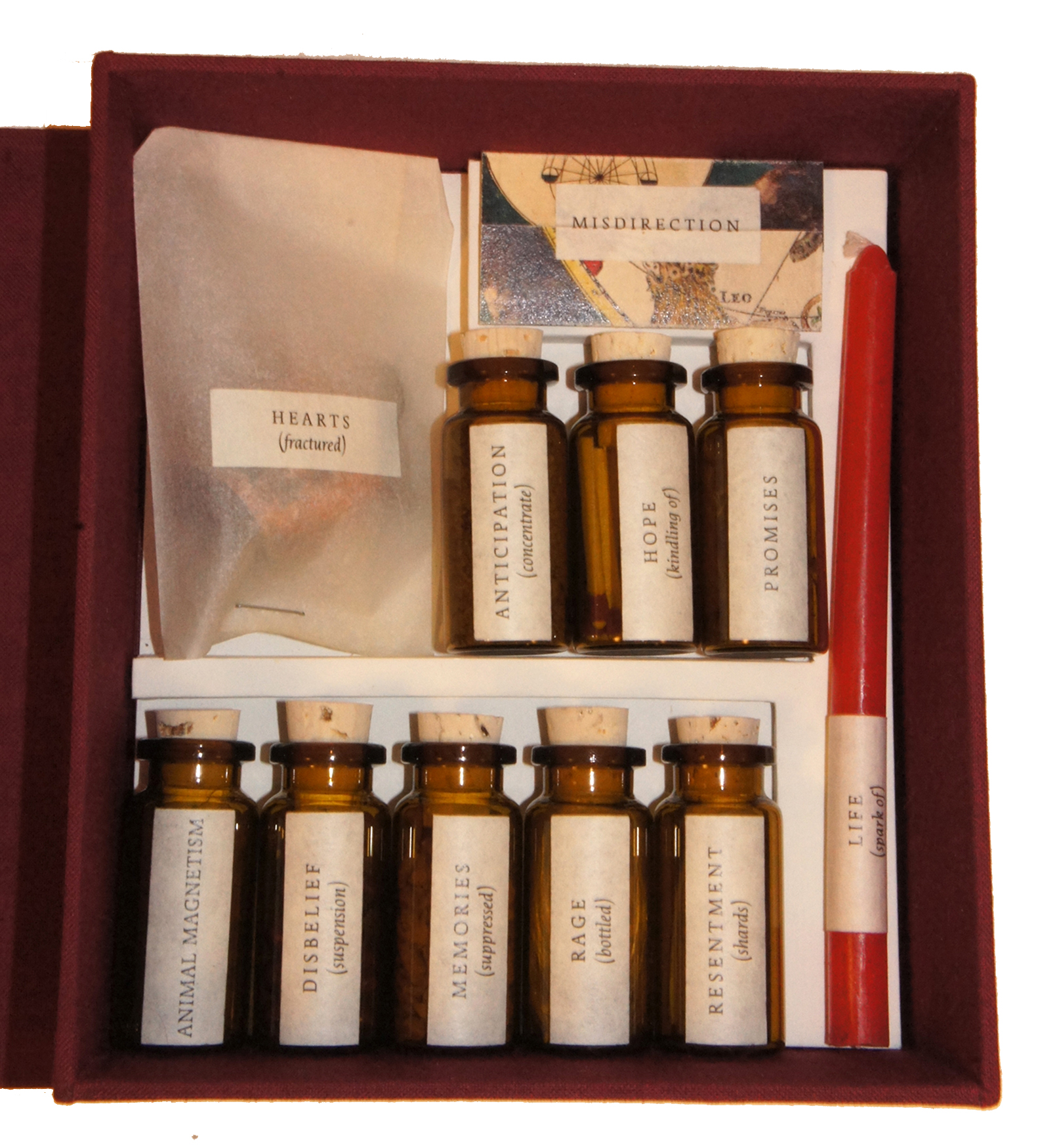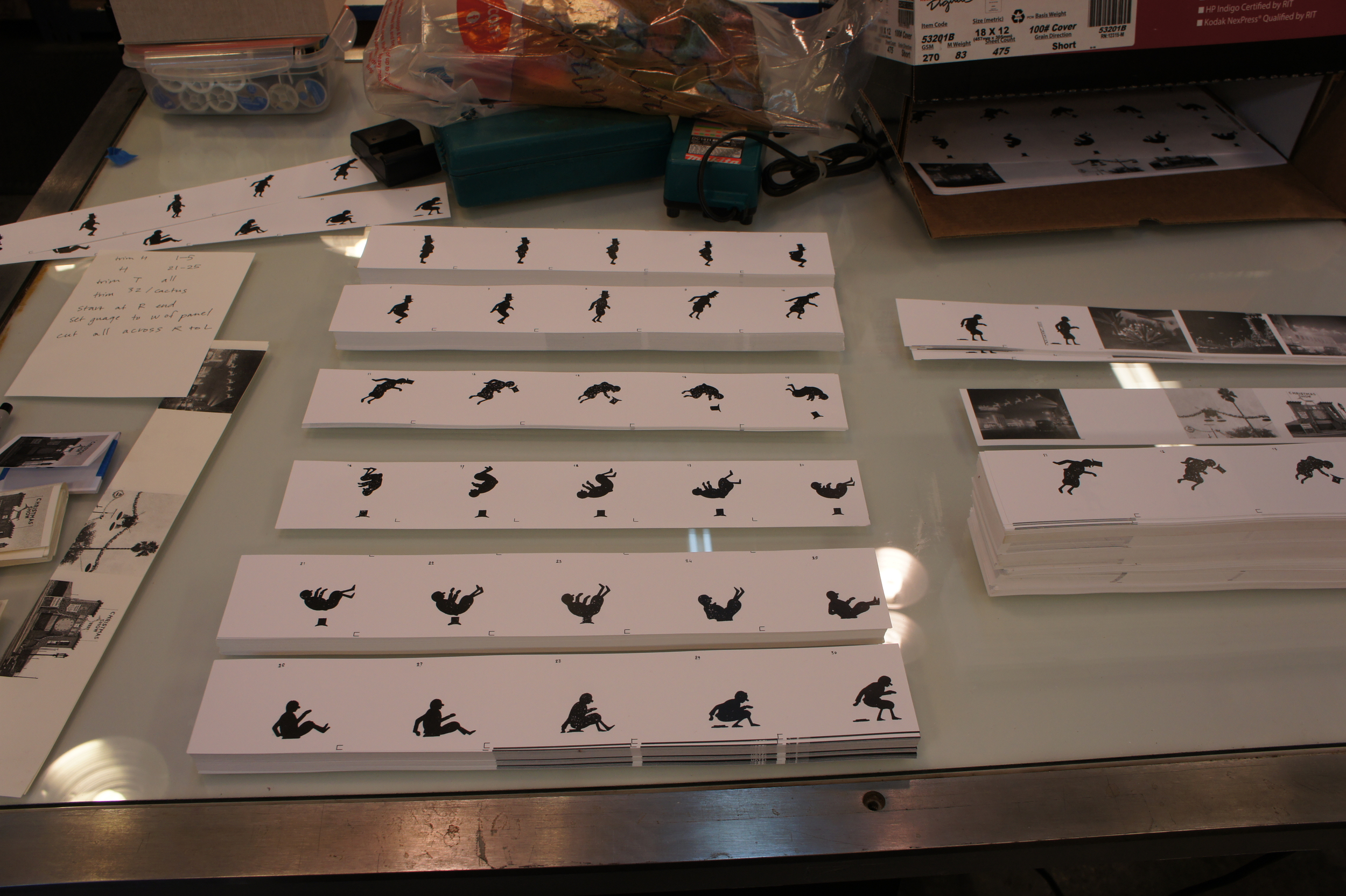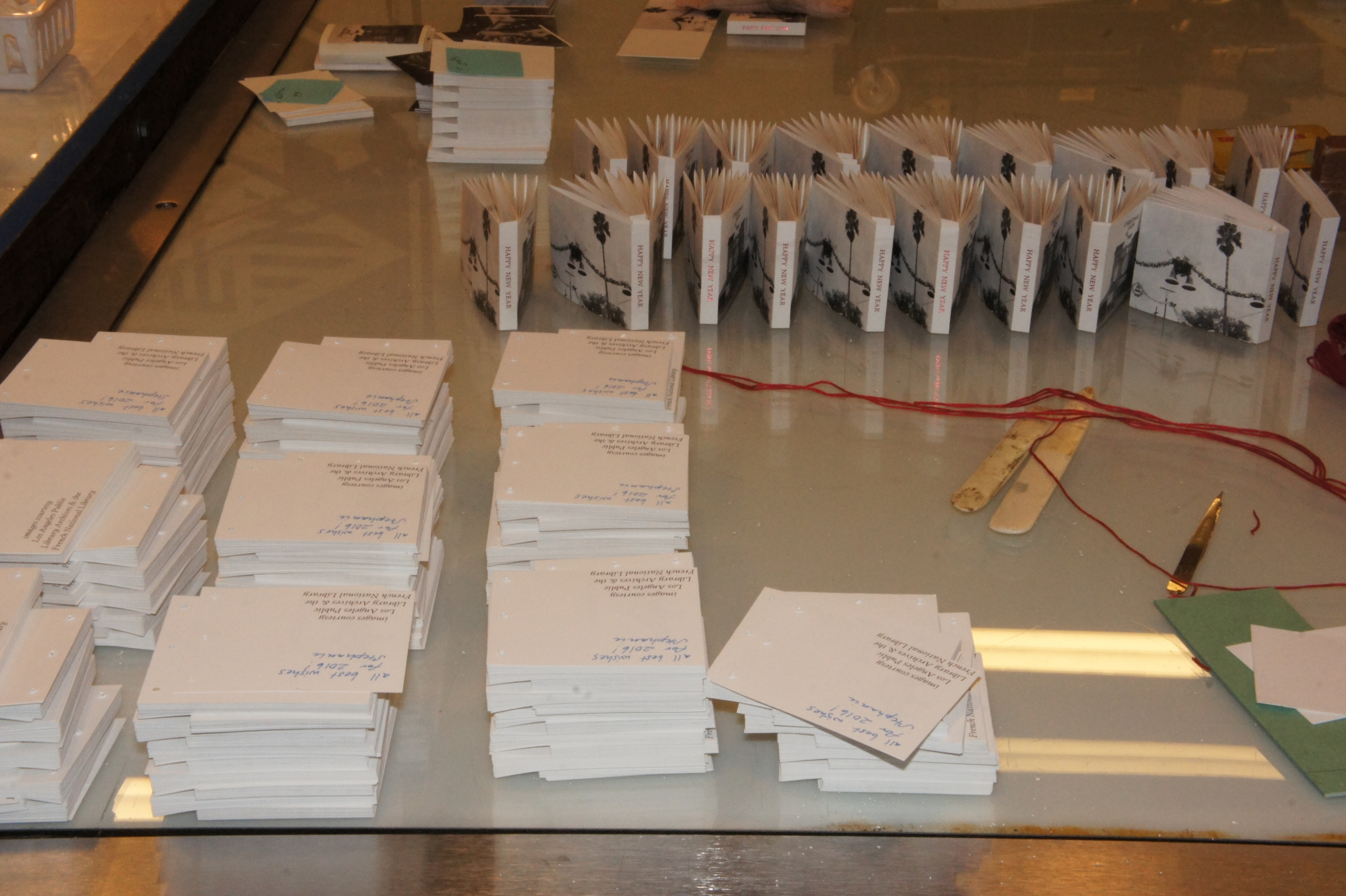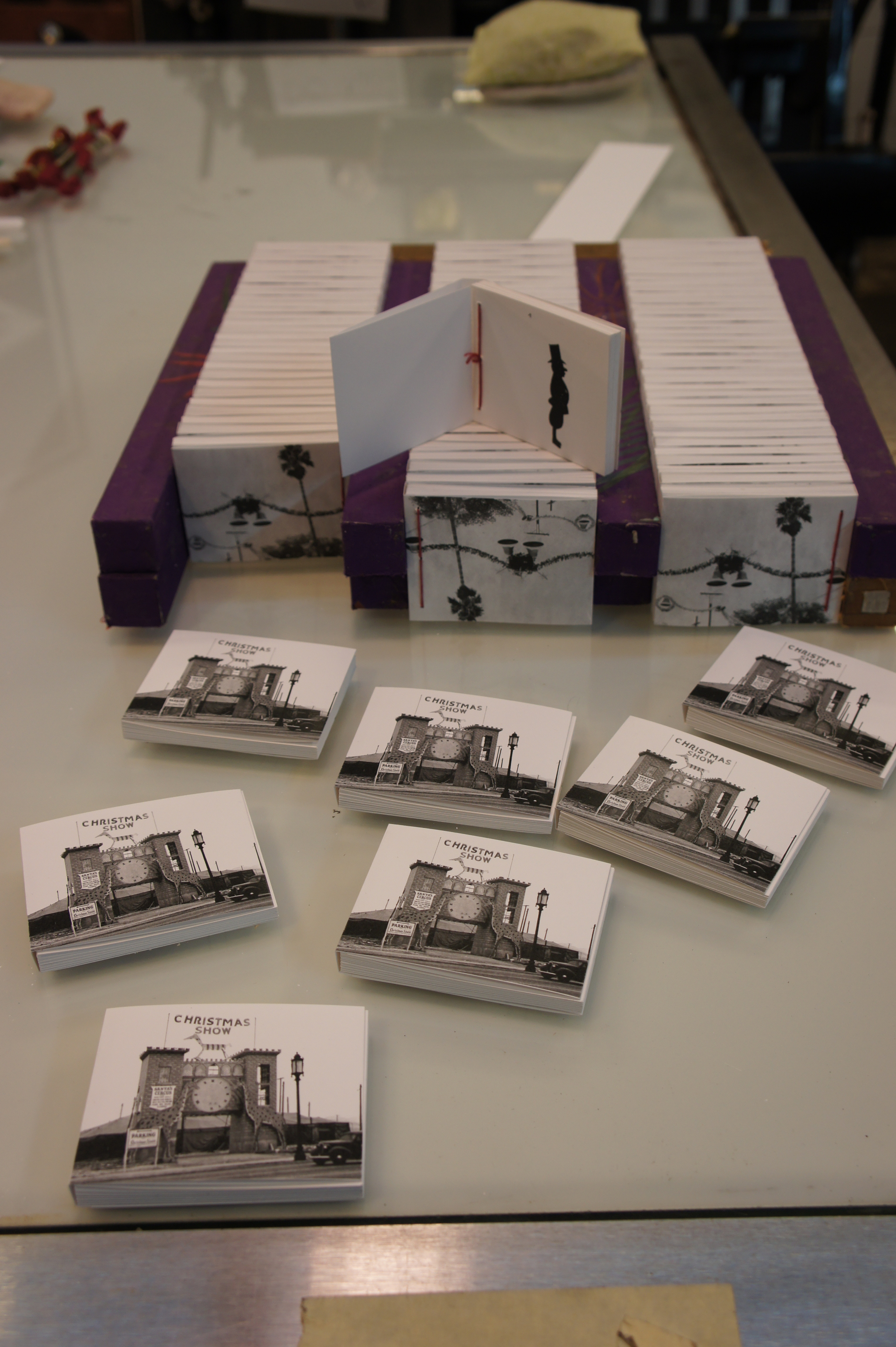The New Year's / Memorial Day Extravaganza
Stephanie Gibbs
Happy New Year!
This is quite the latest that my holiday edition has ever been completed. There are events a-plenty, on the world stage, and in the studio, that caused the delay. The files were designed and printed back in December — I picked up the completed stack on the same day that the pages for Family Style were ready.
Then the Family Style edition construction began, and it had some slowdowns related to margins and covering material, then I needed to finish the Amissa Anima ouiji boards, because I had postponed figuring out how to make the plinth-and-planchette window, then there were the deluxe versions.
And there was politics, which resulted in a certain amount of hiding under the bed.
Also there was / is making a living. Conserving books, binding some editions. That’s pretty much ongoing, which makes my landlord happy.
Many people advised me to simply postpone or cancel the 2016 / 2017 holiday edition.
I knew I wouldn’t make my traditional January 1 mailing date; and the Chinese New Year came and went; then Valentine’s Day, then President’s Day, and I swore, oh, I swore, that I’d get them finished for the first day of Spring, or, at the latest, Easter. Then May Day came and went.
Oh, and I moved my studio down the hall. Pallet jacks being fit into the trunks of Honda Civics happened.
You know what, though? I BEAT my last deadline, which was the summer solstice. Perhaps this is the first time that Memorial Day can be considered “close” to New Year’s Day. Whatever. I’ll take it.
Announcing the 2016-2017 Holiday Edition!
Kites!
Last autumn, I was working on a vintage copy of Mary Poppins, which always makes various show tunes lodge themselves inside my head. “Let’s go fly a kite / Up to the highest height / Up where the air is clear / And send it soaring ..”
Also last autumn, Hiromi Paper held an afternoon kite making workshop, which I didn’t attend, but I wanted to attend, and I should have attended, and I still kind of hate myself for not attending. But I was already taking the Tim Ely workshop at the Getty, and so the learning-calendar was full.
My first website results provided kite templates that were definitely simple, but also, well, uninspired:
http://rhythmofthehome.com/homemade-kite/
http://www.redtedart.com/how-to-make-a-beautiful-kite/
http://www.handmadecharlotte.com/lets-go-fly-a-kite-2/
So then I went to the library, and found some lovely books, but they didn’t really have instructions, and a lot of the text was in Japanese. The best of these was Kites: paper wings over Japan by Scott Skinner and Ali Fujino, but, once again, there wasn’t much on How To.
What this book did provide was (a) the Italo Calvino quote that made it onto the wrapper; (b) proof that miniature kites were completely legitimate; (c) good outlines for the different shapes of kites. So many shapes! It also provided insight into the content that appears on the face of kites, and information about kites being particularly associated with the New Year celebrations (concept confirmation!).
Thinking about visual metaphors in Japan associated with the New Year, the Rabbit and the Wave most closely aligned with my own aesthetic interests, and combined two of my experiences from the previous summer: bunny tiles (bunny tiles!!!) at the Hearst Castle, and the beach. The wave itself I shamelessly stole and tweaked from a maybe famous woodcut series.
Yet more internet research provided a wealth of information about the shapes and patterns of different kites, but quite a few of the articles were in German. This didn’t matter, too much. I knew the name of the kite (rokkaku) would be the same regardless of language, and I didn’t need the text: just some decent diagrams!
http://www.drachen.org/teach/lessons?level=All
http://www.kiteplans.org/planos/rokkaku12/rokkaku12.html
http://www.kiteplans.org/cat_1/sub_17/
http://www.my-best-kite.com/make-a-rokkaku-kite.html
These answered my basic layout, proportions, and materials questions — originally, I was going to use bamboo skewers, but, after realizing how large a 1/8” diameter skewer was in relation to a very small kite, I decided to find something thinner and less bulky, and bought polyester boning, as used in textiles and costuming. I knew that it was specifically designed to be sewn through, and wouldn’t need to be notched or drilled like the dowels.
However, I was still having problems with the bridle — these are the strings that connect the spool of thread one holds on the ground, to the piece of paper flying up there in the sky. Where does one tie the cords? What knots does one use? How much slack or tension?
There are lots of online resources for rokkaku kites, but by far the best is Larry Green’s PDF from 2004. I wish I could find the page where I originally downloaded the file, but here’s the closest I can get:
http://www.johndobson.info/John's%20Kite%20Site/pdf%20files/Rok%20Bridle%20Guide.pdf
also at: http://arch.ced.berkeley.edu/kap/discuss/index.php?p=/discussion/2651/rokkaku-tipping-and-diving (this is probably where I found it)
However, even this compendium of information left me somewhat baffled. I took a field trip to visit Dave at the Kite Connection on Huntington Beach Pier, and he gave me confirmation about how to balance a kite so that it would actually take flight, and not just spin on the ground.
It was back to Larry Green’s knot diagrams (neither a Boy Scout nor a sailor am I), but they finally worked.
Lift off! We have lift off!


















